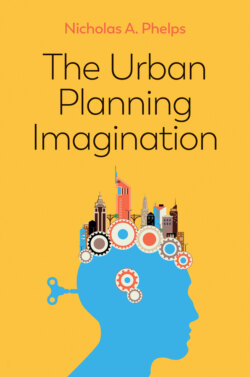Читать книгу The Urban Planning Imagination - Nicholas A. Phelps - Страница 22
The history and temporality of planning
Оглавление‘Modern town planning sprang from … two different worlds, far removed from each other in time and space: the one embracing ideal cities and finite visible utopias, heavenly and earthly Jerusalems, perfectly formed works of art; the other composed of documents, manifestos, pamphlets and blueprints for new social orders’ (Rose, 1984: 33). These twin aspects of urban planning can be seen in the comparisons of different planning systems presented in chapter 6: some are more abstract and ideal in their complete codification of rules; some define urban planning in more empirical, pragmatic and discretionary terms. Discussion of urban planning systems and cultures needs to move beyond history as interesting contextual background (Booth, 2011: 20).
Tilly (1984) distinguishes macro- and micro-historical levels of analysis where the former include urbanization, state making and bureaucratization. Little of the extant urban planning literature addresses itself to processes of macro-historical change; it instead speaks to the micro-historical level of encounters of individuals and groups or a meso-level of the institutional configurations of nations.1 Yet ‘national, international, regional, local and personal factors intermingle continuously’ (Sutcliffe, 1981: 188–9) in the history of urban planning.
